The Nakajima Ki-43 Hayabusa (隼, "Peregrine Falcon") was a Japanese single-engine fighter aircraft used during World War II, primarily by the Imperial Japanese Army Air Service (IJAAS). Its Allied reporting name was "Oscar". Manufactured by the Nakajima Aircraft Company (largest army fighter production of the war with 5,919) it first flew in January 1939 but was onl introduced in early 1941. It's primary User was the Imperial Japanese Army Air Force, but also many were passed on to the Thai Air Force, and postwar, some were used by Chinese and Indonesian forces. This fighter was primarily used for air superiority, but also ground attack in later stages.
Length: 8.92 m, Wingspan: 11.25 m
Engine: Nakajima Ha-25 radial engine, top Speed: c530 km/h (330 mph), range: 1,700 km (1,056 miles).
Armament, Early models: 2 × 7.7 mm machine guns, Later 2 × 12.7 mm Ho-103 machine guns, small bombs.
It was highly maneuverable, designed to dogfight in the tradition of the nimble Mitsubishi A6M Zero.
Its lightweight construction Gave it agility, but poor durability. It had no armor or self-sealing fuel tanks in early versions, making it vulnerable.
Pilots loved its agility, especially in the early years of the war. It had no equal.
The Hayabusa saw action from the beginning of the Pacific War in Burma, China, Philippines, and New Guinea, deleting all opposition with ease. It excelled in early stages of WWII due to lack of effective Allied opposition. However it became increasingly obsolete as Allied aircraft like the P-40 Warhawk, F6F Hellcat, and P-51 Mustang entered service.
Ki-43-II: Improved engine and added armor/fuel tank protection
Ki-43-III: Final model, more powerful engine, late-war use
Length: 8.92 m, Wingspan: 11.25 m
Engine: Nakajima Ha-25 radial engine, top Speed: c530 km/h (330 mph), range: 1,700 km (1,056 miles).
Armament, Early models: 2 × 7.7 mm machine guns, Later 2 × 12.7 mm Ho-103 machine guns, small bombs.
It was highly maneuverable, designed to dogfight in the tradition of the nimble Mitsubishi A6M Zero.
Its lightweight construction Gave it agility, but poor durability. It had no armor or self-sealing fuel tanks in early versions, making it vulnerable.
Pilots loved its agility, especially in the early years of the war. It had no equal.
The Hayabusa saw action from the beginning of the Pacific War in Burma, China, Philippines, and New Guinea, deleting all opposition with ease. It excelled in early stages of WWII due to lack of effective Allied opposition. However it became increasingly obsolete as Allied aircraft like the P-40 Warhawk, F6F Hellcat, and P-51 Mustang entered service.
🛩️ Variants
Ki-43-I: First production modelKi-43-II: Improved engine and added armor/fuel tank protection
Ki-43-III: Final model, more powerful engine, late-war use

Ki-43 first prototype. It would fly first on January 1939.

Ki-43-IIb Hayabusa "Oscar" (1st Air Combat Regiment, 1st Company, 1st Squadron, Home Defence 1943)
Sources
- Lohner E (1913)
- Macchi M3 (1916)
- Macchi M5 (1918)
- Ansaldo ISVA (1918)
- Sopwith Baby (1916)
- Short 184 (1916)
- Fairey Campania (1917)
- Sopwith Cuckoo (1917)
- Felixstowe F.2 (1917)
- Friedrichshafen FF 33 (1916)
- Albatros W4 (1916)
- Hanriot HD.2
- Grigorovitch M5
- IJN Farman MF.7
- IJN Yokosho Type Mo
- Yokosho Rogou Kougata (1917)
- Yokosuka Igo-Ko (1920)
- Curtiss N9 (1916)
- Aeromarine 39
- Vought VE-7
- Douglas DT (1921)
- Boeing FB.5 (1923)
- Boeing F4B (1928)
- Vought O2U/O3U Corsair (1928)
- Supermarine Seagull (1922)
- Blackburn Ripon (1926)
- Fairey IIIF (1927)
- Fairey Seal (1930)
- LGL-32 C.1 (1927)
- Caspar U1 (1921)
- Dornier Do J Wal (1922)
- Rohrbach R-III (1924)
- Mitsubishi 1MF (1923)
- Mitsubishi B1M (1923)
- Yokosuka E1Y (1923)
- Nakajima A1N (1927)
- Nakajima E2N (1927)
- Mitsubishi B2M (1927)
- Nakajima A4N (1929)
- CANT 18
WW1
✠ K.u.K. Seefliegerkorps:
 Italian Naval Aviation
Italian Naval Aviation
 RNAS
RNAS
 Marineflieger
Marineflieger
 French Naval Aviation
French Naval Aviation
 Russian Naval Aviation
Russian Naval Aviation
 IJN Air Service
IJN Air Service
 USA
USA
Interwar
 Interwar US
Interwar US
 Interwar Britain
Interwar Britain
 Interwar France
Interwar France
 Interwar Germany
Interwar Germany
 Interwar Japan
Interwar Japan
 Interwar Italy
Interwar Italy
- Curtiss SOC seagull (1934)
- Grumman FF (1931)
- Curtiss F11C Goshawk (1932)
- Grumman F2F (1933)
- Grumman F3F (1935)
- Northrop BT-1 (1935)
- Grumman J2F Duck (1936)
- Consolidated PBY Catalina (1935)
- Brewster/NAF SBN-1 (1936)
- Curtiss SBC Helldiver (1936)
- Vought SB2U Vindicator (1936)
- Brewster F2A Buffalo (1937)
- Douglas TBD Devastator (1937)
- Vought Kingfisher (1938)
- Curtiss SO3C Seamew (1939)
- Douglas SBD Dauntless (1939)
- Grumman F4F Wildcat (1940)
- F4U Corsair (NE) (1940)
- Brewster SB2A Buccaneer (1941)
- Grumman TBF/TBM Avenger (1941)
- Consolidated TBY Sea Wolf (1941)
- Grumman F6F Hellcat (1942)
- Curtiss SB2C Helldiver (1942)
- Curtiss SC Seahawk (1944)
- Grumman F8F Bearcat (1944)
- Ryan FR-1 Fireball (1944)
- Douglas AD-1 Skyraider (1945)
Fleet Air Arm
- Fairey Swordfish (1934)
- Blackburn Shark (1934)
- Supermarine Walrus (1936)
- Fairey Seafox (1936)
- Blackburn Skua (1937)
- Short Sunderland (1937)
- Blackburn Roc (1938)
- Fairey Albacore (1940)
- Fairey Fulmar (1940)
- Grumman Martlet (1941)
- Hawker sea Hurricane (1941)
- Brewster Bermuda (1942)
- Fairey Barracuda (1943)
- Fairey Firefly (1943)
- Grumman Tarpon (1943)
- Grumman Gannet (1943)
- Supermarine seafire (1943)
- Blackburn Firebrand (1944)
- Hawker Sea Fury (1944)
IJN aviation
- Aichi D1A "Susie" (1934)
- Mitsubishi A5M "Claude" (1935)
- Nakajima A4N (1935)
- Yokosuka B4Y "Jean" (1935)
- Mitsubishi G3M "Nell" (1935)
- Nakajima E8N "Dave" (1935)
- Kawanishi E7K "Alf" (1935)
- Nakajima B5N "Kate" (1937)
- Kawanishi H6K "Mavis" (1938)
- Aichi D3A "Val" (1940)
- Mitsubishi A6M "zeke" (1940)
- Nakajima E14Y "Glen" (1941)
- Nakajima B6N "Jill" (1941)
- Mitsubishi F1M "pete" (1941)
- Aichi E13A Reisu "Jake" (1941)
- Kawanishi E15K Shiun "Norm" (1941)
- Nakajima C6N Saiun "Myrt" (1942)
- Yokosuka D4Y "Judy" (1942)
- Kyushu Q1W Tokai "Lorna" (1944)
Luftwaffe
- Arado 196 (1937)
- Me109 T (1938)
- Blohm & Voss 138 Seedrache (1940)
Italian Aviation
- Savoia-Marchetti S.55
- IMAM Ro.43/44
- CANT Z.501 Gabbiano
- CANT Z.506 Airone
- CANT Z.508
- CANT Z.511
French Aeronavale
- GL.300 (1926-39)
- Levasseur PL.5 (1927)
- Potez 452 (1935)
- Loire 210 (1936)
- Loire 130 (1937)
- LN 401 (1938)
Soviet Naval Aviation
- Shavrov SH-2 (1928)
- Tupolev TB-1P (1931)
- Beriev MBR-2 (1930)
- Tupolev MR-6 (1933)
- Tupolev MTB-1 (1934)
- Beriev Be-2 (1936)
- Polikarpov I16 naval (1936)
- Tupolev MTB-2 (1937)
- Ilyushine DB-3T/TP (1937)
- Beriev Be-4 (1940)
-
Skoda Š-328V
R-XIII Idro
Fokker C.XI W (1934)
WW2
- De Havilland Sea Vixen
- Hawker Sea Hawk
- Supermarine Scimitar
- Blackburn Buccaneer
- Hawker Sea Harrier
- Douglas A4 Skyhawk
- Grumman F9F Panther
- Vought F8 Crusader
- McDonnell-Douglas F-4 Phantom-II
- North Am. A5 Vigilante
- TU-142
- Yak 38 forger
☢ Cold War
✧ NATO
 Fleet Air Arm
Fleet Air Arm
 US Navy
US Navy
☭ Warsaw Pact
Merch
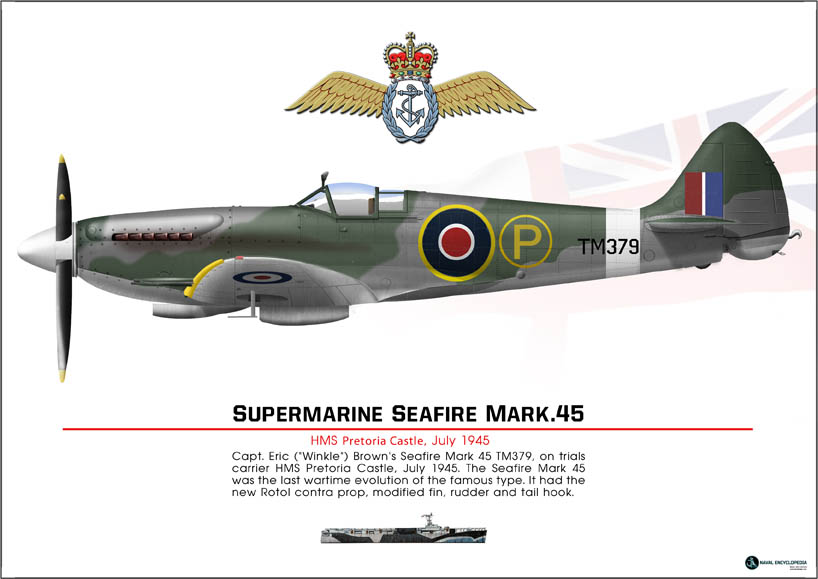
Seafire Mark 45; HMS Pretoria Castle

Zeros vs its aversaries

Aichi D3A “Val” Junyo

Mitsubishi A5M poster
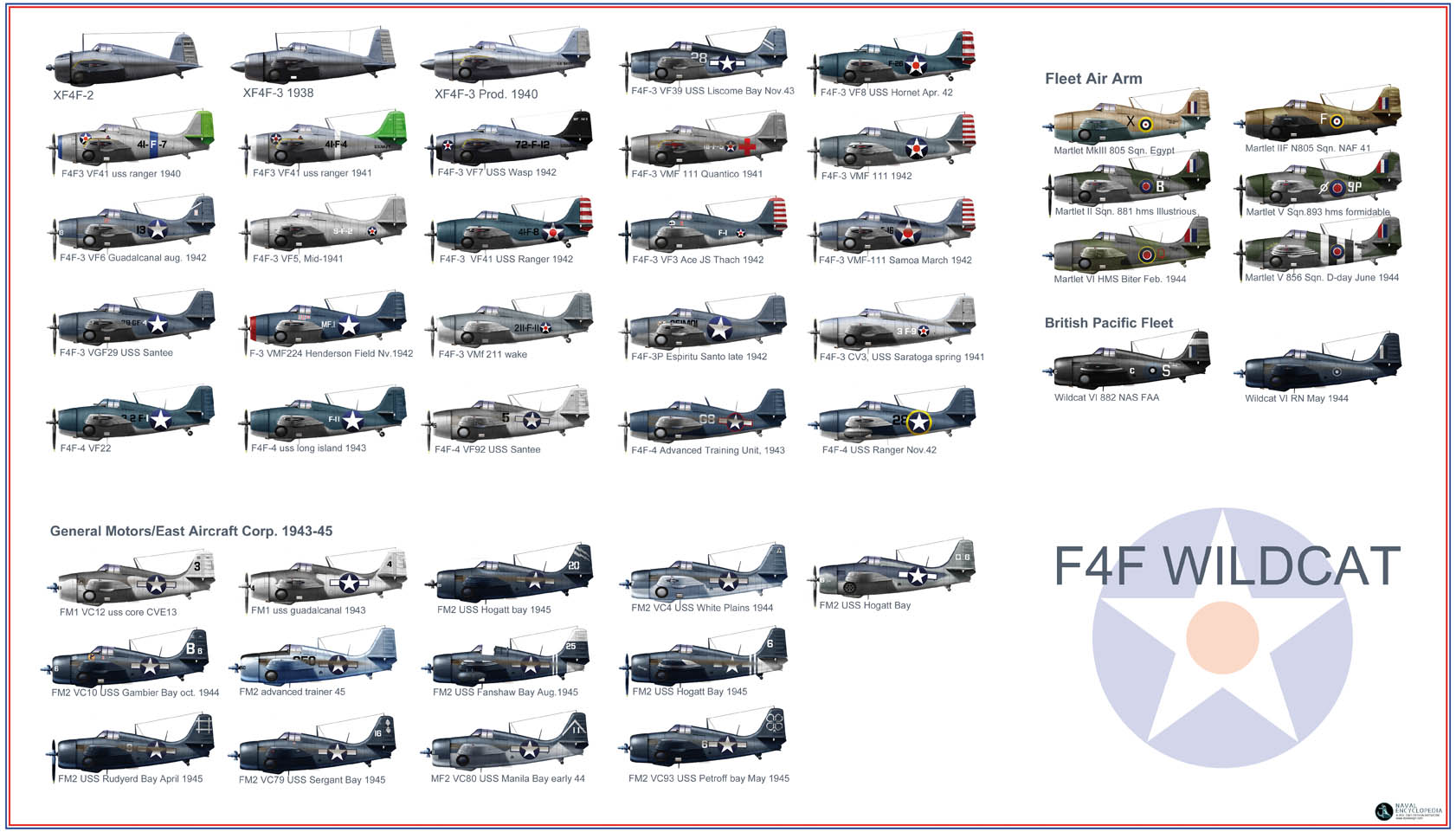
F4F wildcat
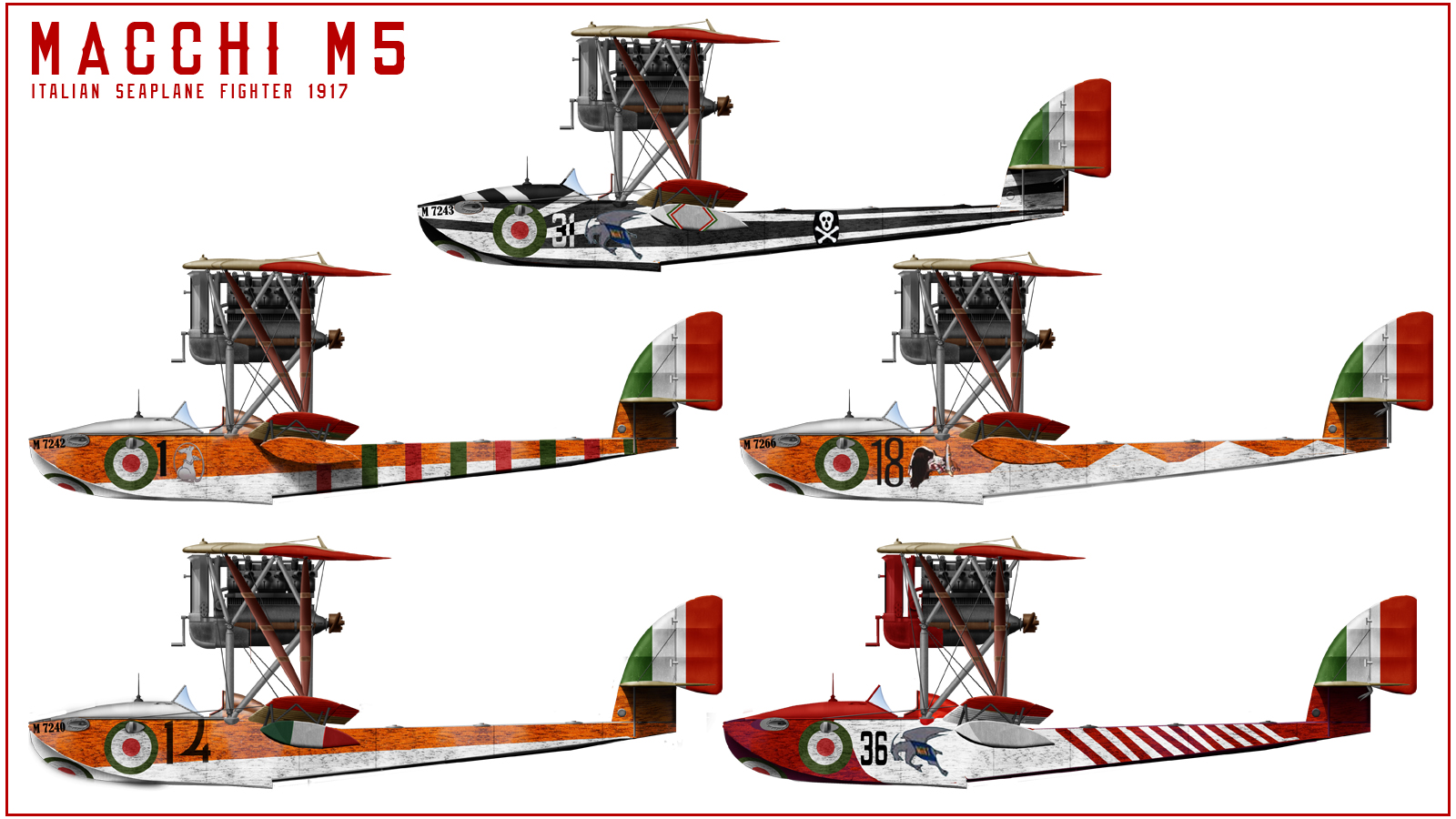
Macchi M5
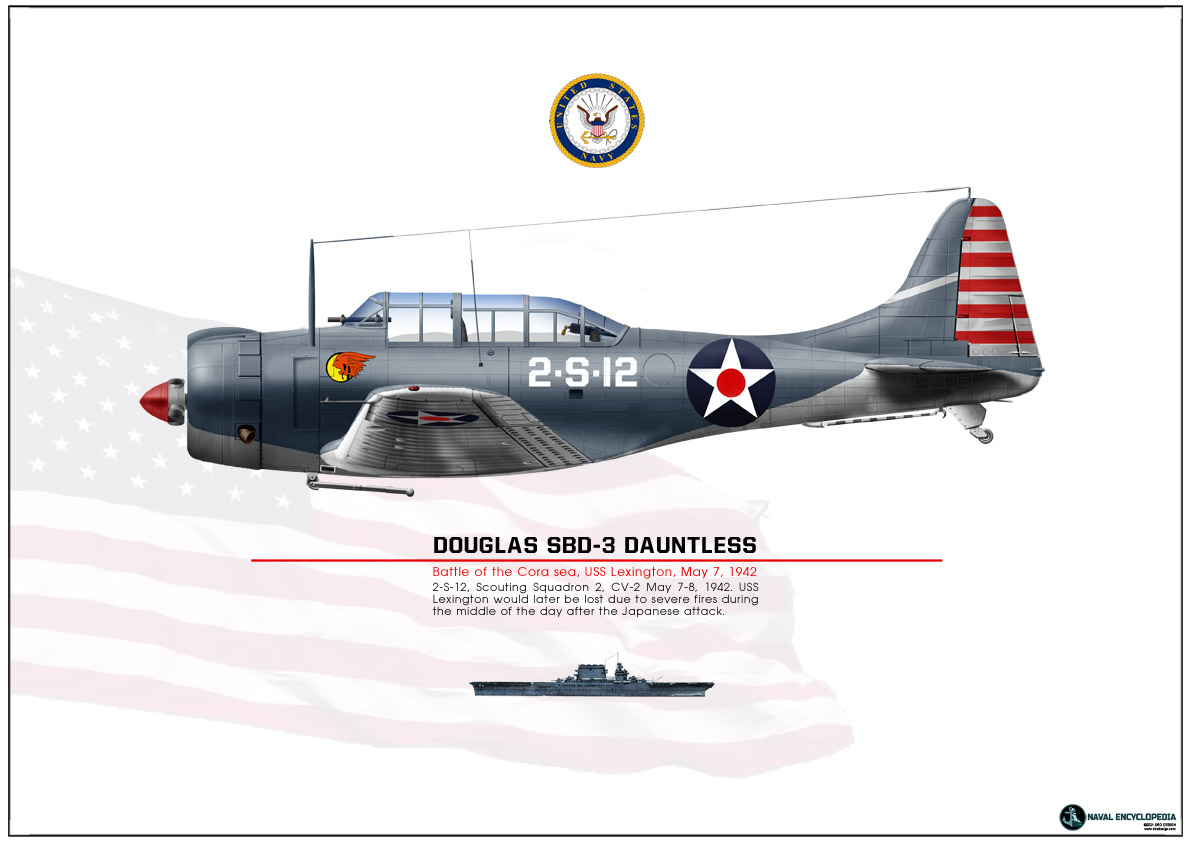
SBD Dauntless Coral Sea
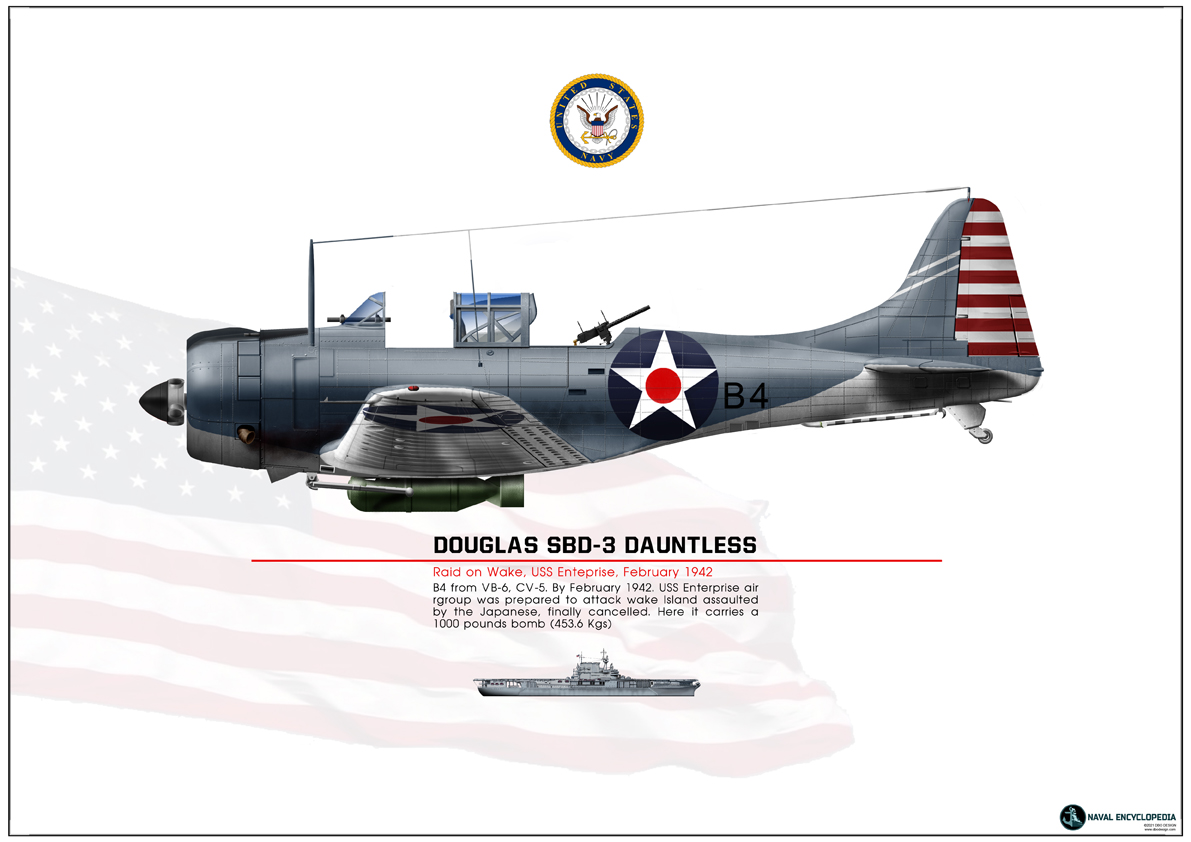
SBD Dauntless USS Enterprise
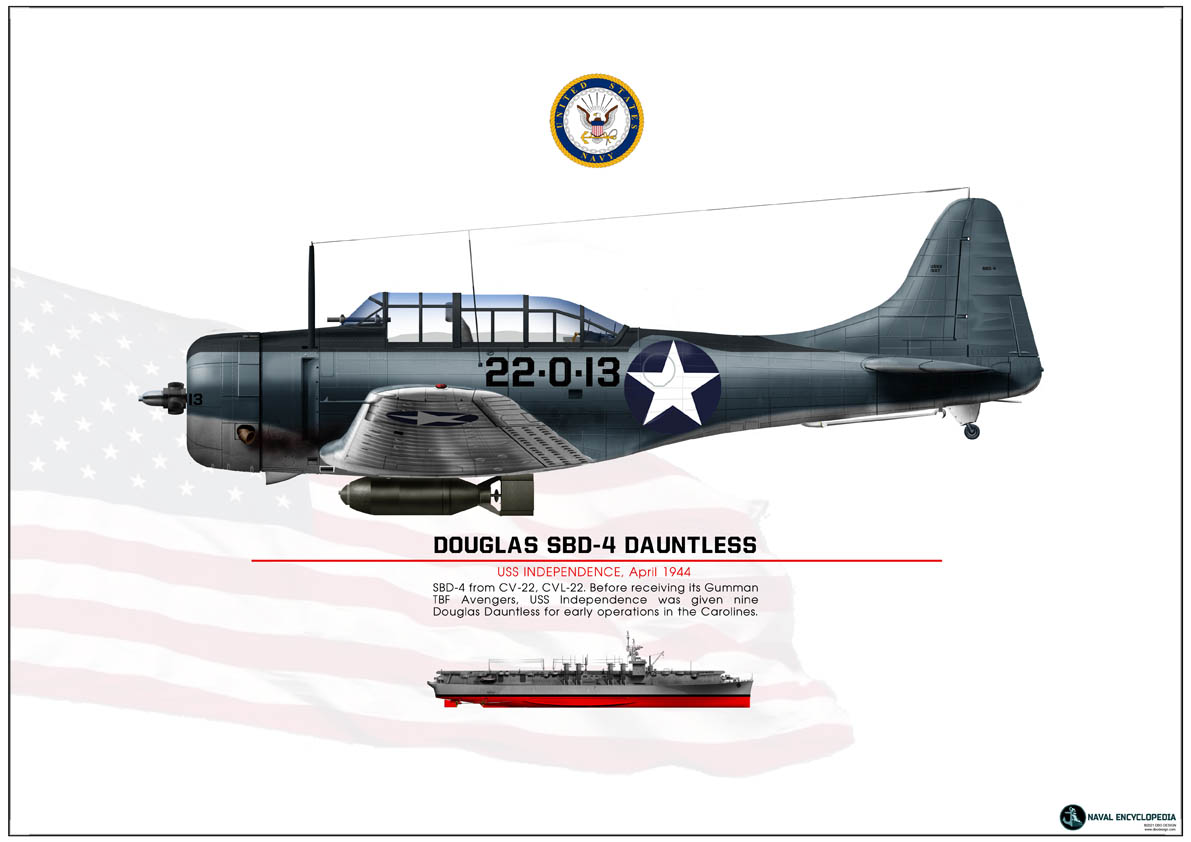
SBD-4 CV22